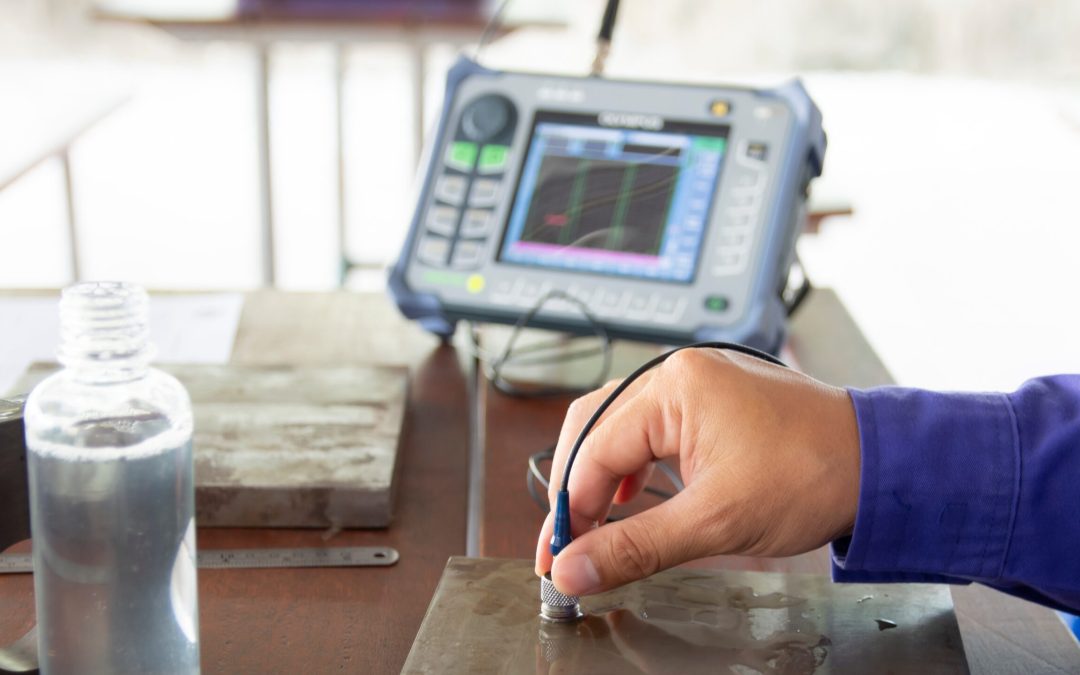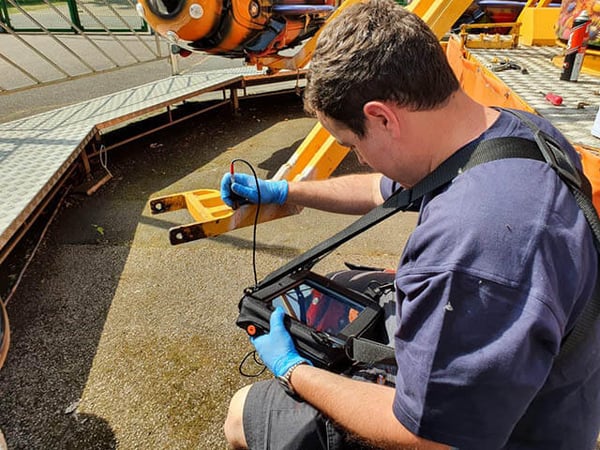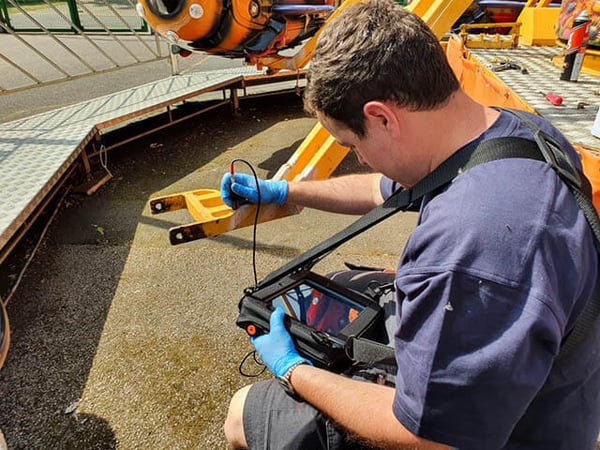The concept of frequency choice for different materials is pivotal in industries where testing and inspection are routine practices. Whether its about ensuring the integrity of metal structures or the durability of composite materials, selecting the right frequency for testing can significantly impact the results. This topic is especially crucial for Industry QA Professionals who must ensure that materials meet the required standards.
Frequency choice is not just a technical decision but a strategic one that influences the accuracy and reliability of inspections. Understanding the science behind it can help professionals make informed decisions, optimizing both efficiency and safety in their operations.

Why Frequency Matters
Frequency is a core parameter in various testing methods, including ultrasonic and electromagnetic testing. It determines the penetration depth and resolution of the inspection process. The right frequency can reveal critical flaws, while the wrong one might miss them entirely. For a deeper understanding, Industry QA Professionals can explore Ultrasonic Frequency Basics to learn how frequency affects testing outcomes.
Frequency in Ultrasonic Testing
Ultrasonic testing is a common nondestructive testing method that uses high-frequency sound waves. The choice of frequency affects the inspections depth and sensitivity. Lower frequencies penetrate deeper but with less resolution, while higher frequencies offer better resolution but less penetration. This balance is crucial when dealing with thick or complex materials.
Electromagnetic Testing Frequencies
In electromagnetic testing, frequency choice affects the depth of penetration and the ability to detect defects. Materials with high electrical conductivity, such as metals, may require different frequencies than non-conductive materials like plastics. Adjusting the frequency allows inspectors to tailor the inspection to the materials properties.
Material-Specific Frequency Considerations
Different materials respond to frequencies in unique ways. For instance, metals might require specific frequency ranges to detect cracks or weaknesses effectively. To gain insight into optimal frequencies for crack detection, you can read more about it on Optimal Frequency for Crack Detection.
Metals
Metals are typically tested using ultrasonic frequencies. The choice of frequency depends on the metal’s thickness and the type of flaws being inspected. Lower frequencies are often used for thicker metals, while higher frequencies are suitable for detecting surface flaws in thinner metals.
Plastics and Composites
Plastics and composite materials require different frequency considerations due to their low density and different acoustic properties. These materials might need higher frequencies to achieve the necessary resolution for detecting defects.
Ceramics
Ceramic materials, known for their brittleness, require careful frequency selection to avoid damage during inspection. Typically, lower frequencies are used to prevent cracking while ensuring adequate penetration for defect detection.
Choosing the Right Frequency
Selecting the appropriate frequency involves understanding both the material properties and the specific testing goals. Industry QA Professionals can benefit from studying Typical Frequency Range in Ultrasonic Testing to better align their testing strategies with industry standards.
Factors Influencing Frequency Choice
The choice of frequency is influenced by several factors, including the materials thickness, density, and the type of defects being targeted. For instance, detecting surface cracks might require a different frequency than locating internal voids.
Industry Standards and Practices
Industry standards provide guidelines on frequency selection to ensure consistency and reliability in testing results. Familiarity with these standards helps professionals align their practices with established benchmarks.
The Role of Technology in Frequency Selection
Advancements in technology have enhanced the ability to select and adjust frequencies dynamically during inspections. Modern equipment allows for real-time adjustments, improving accuracy and efficiency.
Software and Automation
Software tools can optimize frequency selection based on material properties and testing requirements. Automation in testing processes also helps maintain consistency and reduces human error.
Sensor Synchronization
Synchronizing sensors and devices can enhance the accuracy of frequency-based inspections. For more insights on synchronization, visit Synchronization Between Sensors and Devices.
Practical Applications and Benefits
The correct frequency choice leads to more reliable inspection outcomes, which are crucial for maintaining safety and quality standards in various industries.
Improving Inspection Efficiency
Correct frequency choice can reduce inspection time and increase throughput without compromising accuracy, leading to more efficient operations.
Cost-Effectiveness
By optimizing frequency selection, companies can reduce the need for repeated inspections, thus lowering operational costs and improving productivity.

Frequently Asked Questions
What is the best frequency for testing metals?
Typically, lower frequencies are used for thicker metals to ensure deeper penetration, while higher frequencies are suitable for detecting surface flaws in thinner metals.
How do different materials affect frequency choice?
Material properties such as density and acoustic characteristics significantly influence the optimal frequency for testing. Metals, plastics, and ceramics may require different frequencies to achieve accurate results.
Can technology help in selecting the right frequency?
Yes, technology plays a crucial role in frequency selection by providing tools for real-time adjustment and automation, enhancing the precision and efficiency of inspections.
For more insights on inspection frequencies, you might find this external resource helpful.
This article contains affiliate links. We may earn a commission at no extra cost to you.
